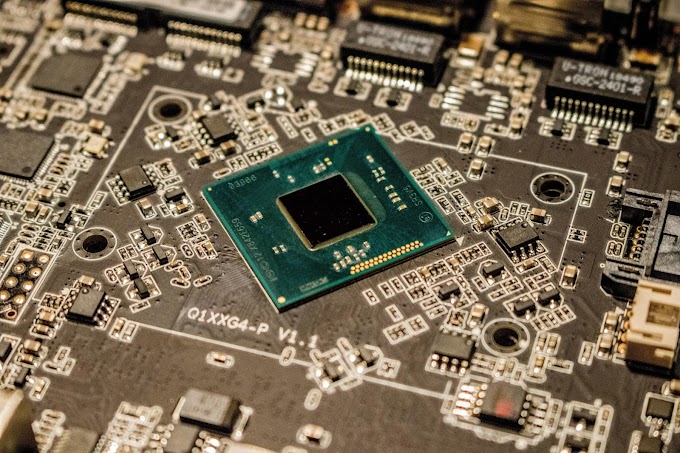A microprocessor-based system includes three components:
- Microprocessor
- Input/Output
- Memory (Read-Only and read/write)
These components are organized around a common communication path called a bus.
 |
| Fig: Microprocessor-based system with a bus architecture |
Microprocessor:
It is a clock-driven semiconductor device consisting of electronic logic circuits (LSI) or very large scale integration (VLSI) technique. It is capable of performing various computing functions and making decisions to change the sequence of program execution. It can be divided into three segments: |
- Arithmetic Logic Unit: It performs arithmetic operations like addition and subtraction and logic operations like AND, OR & XOR.
- Register Array: The registers are primarily used to store data temporarily during the execution of a program and are accessible to the user through instruction. The registers can be identified such as B, C, D, E, H, and L.
- Control Unit: It provides the necessary timing and control signals to all the operations in the microcomputer. It controls the flow of data between the microprocessor and memory and peripherals.
Memory :
Memory stores binary information such as instructions and data, and provides that information to the CPU whenever necessary. To execute programs, the microprocessor reads instructions and data from memory and performs the computing operations in its ALU. Results are either transferred to the output section for display or stored in memory for later use. Memory has two sections.
- Read-Only Memory (ROM) :
- Read / Write Memory (RAM):
Input / Output:
- It communicates with the outside world using two devices input and output which are also known as peripherals.
- The input device such as a keyboard, switches, and analog to digital converter transfer binary information from the outside world to the microcprocessor.
- The output devices transfer data from the microprocessor to the outside world. They include devices such as LED, CRT, digital to analog converter, printer, etc.
It is a communication path between the microprocessor and peripherals. It is nothing but a group of wires to carry bits.




0 Comments